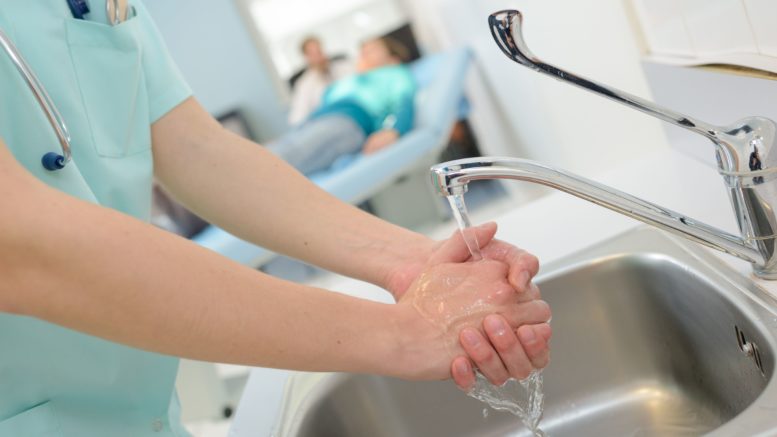Hand hygiene is a crucial measure for the prevention of healthcare-associated infections (HAIs), experts sa. The Hand Hygiene Excellence Award (HHEA) is an international programme acknowledging healthcare facilities for their leadership in implementing hand hygiene improvement programs, including the World Health Organization’s Multimodal Improvement Strategy. This study by Tartari, et al. (2024) summarizes the results of the HHEA campaign between 2010 and 2021 and investigates the relationship between different hand hygiene parameters based on data from participating healthcare facilities.
A retrospective analysis was performed on datasets from HHEA forms, including data on hand hygiene compliance, alcohol-based handrub (ABHR) consumption, and Hand Hygiene Self-Assessment Framework (HHSAF) scores.
Ninety-seven healthcare facilities from 28 countries in three world regions (Asia-Pacific, Europe, Latin America) were awarded the HHEA and thus included in the analysis. HHSAF scores indicated an advanced hand hygiene promotion level (median 445 points, IQR 395–480). System change (100 [95–100] points) and institutional safety climate (85 [70–95] points) showed the highest and lowest score, respectively. In most cases, hand hygiene compliance was above 70%, with heterogeneity between countries. ABHR consumption above 20 millilitres per patient-day (ml/PD) was widely reported, with overall increasing trends. HHSAF scores were positively correlated with hand hygiene compliance (τ = 0.211, p = 0.007).
The authors say they observed a positive correlation between compliance rates and ABHR consumption (τ = 0.193, p < 0.001), although the average predicted consumption was stable around 55–60 ml/PD for compliance rates above 80–85%. Logistic regression and partitioning tree analyses revealed that higher HHSAF scores were more likely in the high-ABHR consumption group at cut-offs around 57–59 ml/PD.
They say that 10 years after its inception, the HHEA proves to be a valuable hand hygiene improvement program in healthcare facilities worldwide. Consistent results were provided by the different hand hygiene indicators and the HHSAF score represents a valuable proxy measure of hand hygiene compliance.
Reference: Tartari E, et al. Ten years of hand hygiene excellence: a summary of outcomes, and a comparison of indicators, from award-winning hospitals worldwide. Antimicrobial Resistance & Infection Control. Vol. 13, article number 45 (2024).
